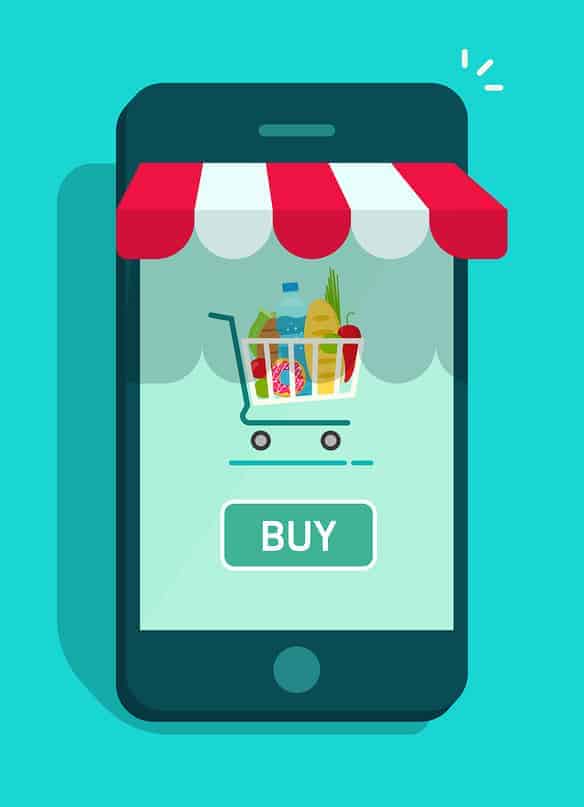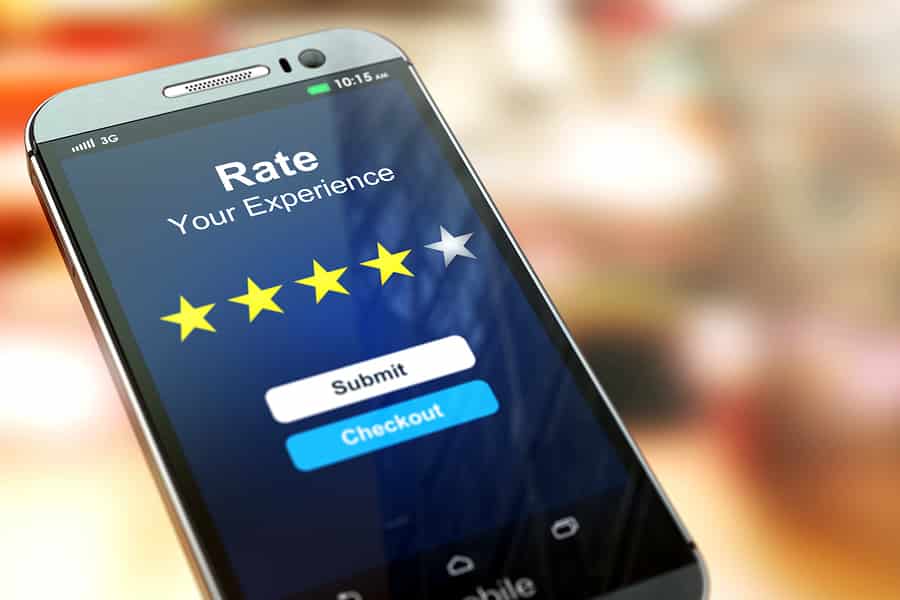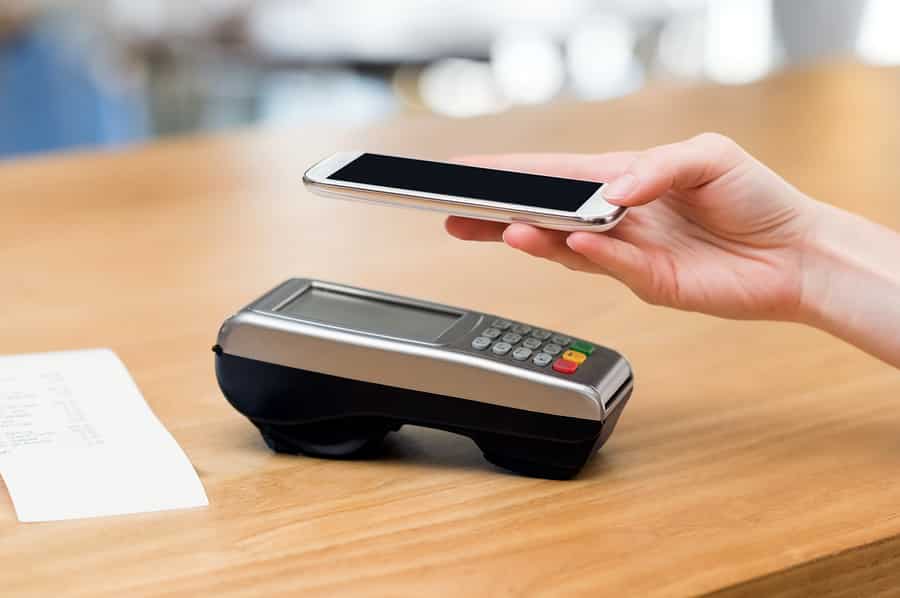Sometimes, it feels like the only apps anyone talks about are mobile games. They certainly get a lot of attention, especially when there’s a new chart-topper or a nostalgic game from our childhood that causes us to abandon adult responsibility for the better part of a week. Not that we know anything about that (…we love you, Super Mario Run).
A huge portion of the apps in the App store are not games. Many of them are made for productivity, fitness, shopping, social networking, and travel. There are tons of categories (with subcategories) that your new mobile app design could fit into. We tend to compare ourselves to direct competitors, but it’s important to look at apps you might think are outside your sphere as well.

At the end of the day, mobile app design is an art form and you can glean inspiration from just about anywhere. So even if you aren’t into mobile game design or your new mobile app is a bit drier in subject matter than a tiny Italian man running around looking for a princess, you could learn a lot from successful mobile games.
Mobile Games are Enjoyable by Design
It should go without saying, right? Successful mobile game designs are enjoyable. People play them everywhere. They’re crushing candy on elevator rides, finding Pokémon on their way to work, and flying little birds around during their lunch breaks. People want to play games. They let us take our minds off of what’s worrying us. Our stress goes away for a few moments while we’re beating our friends’ high scores.
But when we open our health insurance company’s app? We have no desire to be in there any longer than we have to. We just want to find what we’re looking for and move on to something happier. So many information-based mobile app designs suffer from this syndrome — people just don’t want to spend time in your app and designers often wonder how they could change this pattern of behavior.
Consider for a moment that users spending only minutes in your app is not the end of the world. Maybe your app is effective exactly because users can get in and out quickly. If the purpose of your app is to look at an insurance ID card, check the status of a claim, and supply information regarding in-network providers, you’d better make those features easy to find and even easier to access.

While you’re in there, create some helpful ways to use those features. On an ID card page, offer to email or fax the ID card to a doctor’s office. Allow users to tap on phone numbers so they can more easily reach the help they need. On each claim, place a convenient “email us” button so users can contact you directly from the claim in question, instead of needing to close the app to call you. Taking this extra step will make your mobile app design more enjoyable — and maybe they’ll use it more often.
Mobile Game Design is Fun and Quirky — Because it Can be
Open up your favorite mobile game. Take a few moments to really study its design. What is the color scheme? Are the colors bright or muted? Are the buttons large or small? Are the characters’ features exaggerated? While it might seem inconsequential, all of these decisions are heavily researched and intentional.
First of all, color affects many aspects of mobile game design, including UX and behavior. Bright colors keep us engaged and our brains active, which is why so many games (for both adults and children) use them. Candy Crush, Angry Birds, MARVEL Contest of Champions, pretty much all casino games, and countless others on the top grossing charts use very bright (and contrasting) colors.
Not to mention, we tend to associate bright color schemes with fun, exciting events because they evoke energy and encourage action, while dark hues are more likely to have a calming effect. Lower vibrancy certainly has its place in mobile app design, but it’s more likely to be used in low-energy games, like Solitaire or Sudoku, rather than action-packed games.
Second, take a look at the characters in your favorite game. You might find their features are exaggerated a bit, such as large eyes, a very defined, angular jaw-line, or that their heads are too big for their bodies. Quirky designs like this keep our attention because they’re not “normal” by our typical beauty standards — a mobile game design tactic that helps keep us immersed in the world they built for us.

If you aren’t working on a mobile game design, there are still lessons in here for you. Pay attention to color choice, but also to the vibrancy. If you’re not trying to design some kind of Candy Crush world, you might not need to use every single bright color. Muted tones are equally as important as bright ones and are appropriate in many scenarios.
Going back to the health insurance app example, muted tones are probably your best bet. You want to make your users feel calm, cool, and collected because they may have entered your app feeling anxious or scared. Using calming blues and greens with clean white are sure to make people feel more relaxed.
On the flip side, there’s nothing wrong with trying to make your mobile app design a little more fun, or “game like.” Some apps include little animations when a new page is loading (think Pinterest with the spinning button) while others might pull up an FAQ or “fun fact.” The key is to keep your user’s interest while remaining true to the app’s purpose.
Mobile Game Designs are Updated Frequently
When your phone tells you mobile app updates are available for download, we’re willing to bet there’s almost always a mobile game on that list. Lest someone reach the last level of Candy Crush and not be able to continue to a new episode. King knows that players need to constantly have new challenges in order to remain immersed (and happy) with a game, which is why updates are rolled out frequently.
Some game developers choose to roll out little updates monthly, while others choose less frequent, but substantial updates. Which option is best is simply dependent upon how long people can play the game without needing an update, in addition to how quickly the team can write the mobile game design, test, and then push it out.

But keeping your mobile app updated is important for everyone — not just mobile game designers. Again, going back to the health insurance app example: some users expect to see their EOBs (explanations of benefits) within a reasonable amount of time after a doctor visit. Bills are frequently delayed and it’s nice to be able to know what will be expected of you before it finally arrives.
If your mobile app isn’t ready to provide this new information, users are going to get frustrated. They might let it go the first time (and maybe even the second time), but if it becomes a pattern, they’re likely to kiss your app goodbye. If the website is more accurate, they’ll go through the extra step of using a computer or web browser on their phones to get to it.
Also remember that your app will need the occasional face-lift. Mobile game designs go through evolutions just like your app should. Trends shift over time, as do users’ needs, so feedback you receive from them (both intentionally submitted and through app data) should indicate where your app is failing, as well as excelling. This information will tell you where your efforts should be focused in the next update.
Mobile Game Design Secrets to Success
The secret to mobile game design success is similar to many business success stories: you have to remember the purpose behind it. Mobile games are designed to take people’s minds off of the stress in their lives. By creating an immersive world where users can kick back and enjoy a challenge, designers and developers are seeing wild success.
The major lesson we can learn from these successful mobile game designs is to know what your app will be used for and then optimize for that purpose. If it’s only information gathering, make sure it’s easy to navigate complete with a search function. If it’s a way for customers to buy your product from the convenience of a mobile device, make sure your checkout process is as smooth as silk.
And most importantly, make sure your mobile app is fun to use. Remember that some people may be reluctantly using your app (that pesky health insurance example again), so making the experience as enjoyable as possible is going to be important. Stay focused and don’t get distracted by the fluff. Creating a simple, but meaningful user experience will get you a long way in the mobile app design game.
Proto.io lets anyone build mobile app prototypes that feel real. No coding or design skills required. Bring your ideas to life quickly! Sign up for a free 15-day trial of Proto.io today and get started on your next mobile app design.






